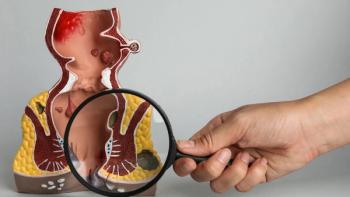
San Antonio Breast Cancer Symposium: What have we learned and where are we going?
Any high-impact scientific meeting will end with a sense of new direction, priorities for research, and expectations for clinically meaningful advances in the coming years. Based on presentations over the last few days, we may see new candidate risk stratification or diagnostic markers, such as blood microRNA and optical imaging. The impact of MRI screening and diagnosis will be better understood. We could see further studies looking at the preventive nature of metformin and other strategies that affect energy balance. The number of settings in which we use gene profiling tests and the number of assays available will likely grow. Hormonal therapy regimens will probably not change since key trials assessing oophorectomy will not be out for some time, but better guidance may arise from assays such as CYP2D6 which for now gives conflicting results in relationship to the effectiveness of tamoxifen --as well as factors that may tell us who is at most risk for toxicities and noncompliance of therapy. The impact of bisphosphonates and newer bone-targeting agents on risk of cancer, risk of recurrence, as well as on bone metastases should all be better characterized, with results from a pivotal study in the adjuvant setting which will likely influence practice for a large proportion of patients. There is now more evidence to use Herceptin with chemotherapy instead of after it, and more confirmation that non-anthracyline regimens with Herceptin are safer on the heart and probably just as effective--so it is hoped that better clinical and biomarker factors will emerge to tailor therapy in this situation.The line of therapy and the drugs which we combine with the anti-angiogenic antibody Avastin will probably change in the eyes of some oncologists but not others. Newer anti-HER2 therapies will be further expanded into clinical trials, with the possibility of some of the more effective and less toxic drugs even being approved for compassionate use. The same holds true for drugs like poly (adenosine-diphosphate-ribose) polymerase (PARP) inhibitors. However, many other newer drugs like anti-angiogenic tyrosine kinase inhibitors face an uncertain future due to modest or negative results, and will need to further study. Fundamental discoveries about cancer progression and mechanisms of drug action and resistance are being translated into newer therapies--those expected to generate phase I or II trial data in the next year include PI3 kinase inhibitors, insulin-like growth factor receptor inhibitors along with Notch and other stem-cell pathway modulators. Newer insights on meeting the needs of survivors and incorporating the needs of patients and advocates into research, clinical trial awareness/accrual, and public policy will continue to emerge as they have this year. This meeting will certainly continue its unique multi-disciplinary role in the breast cancer community through the inclusion and active participating of all its constituents in the presentation, interpretation, and the application of new data.To read the rest of CURE's coverage of SABCS 2009, visit




